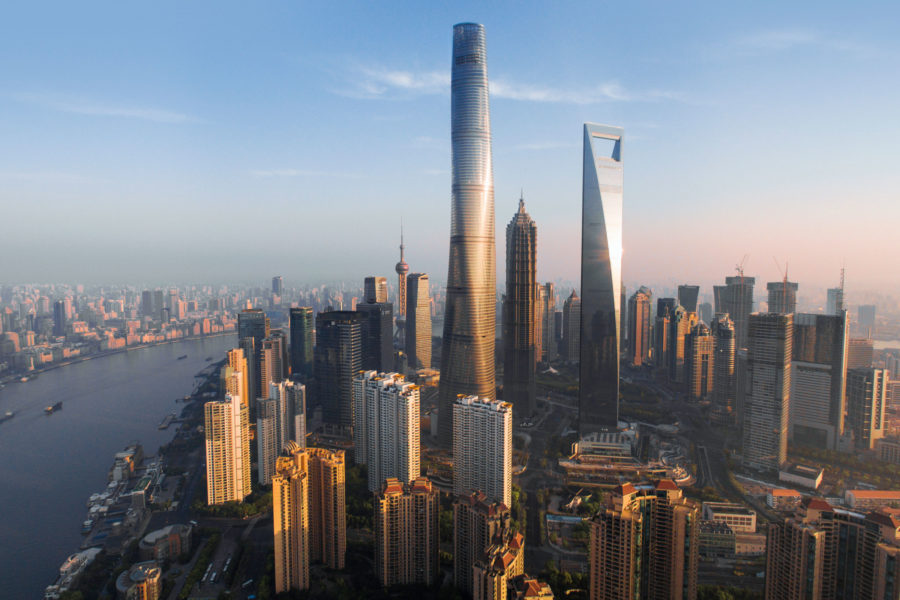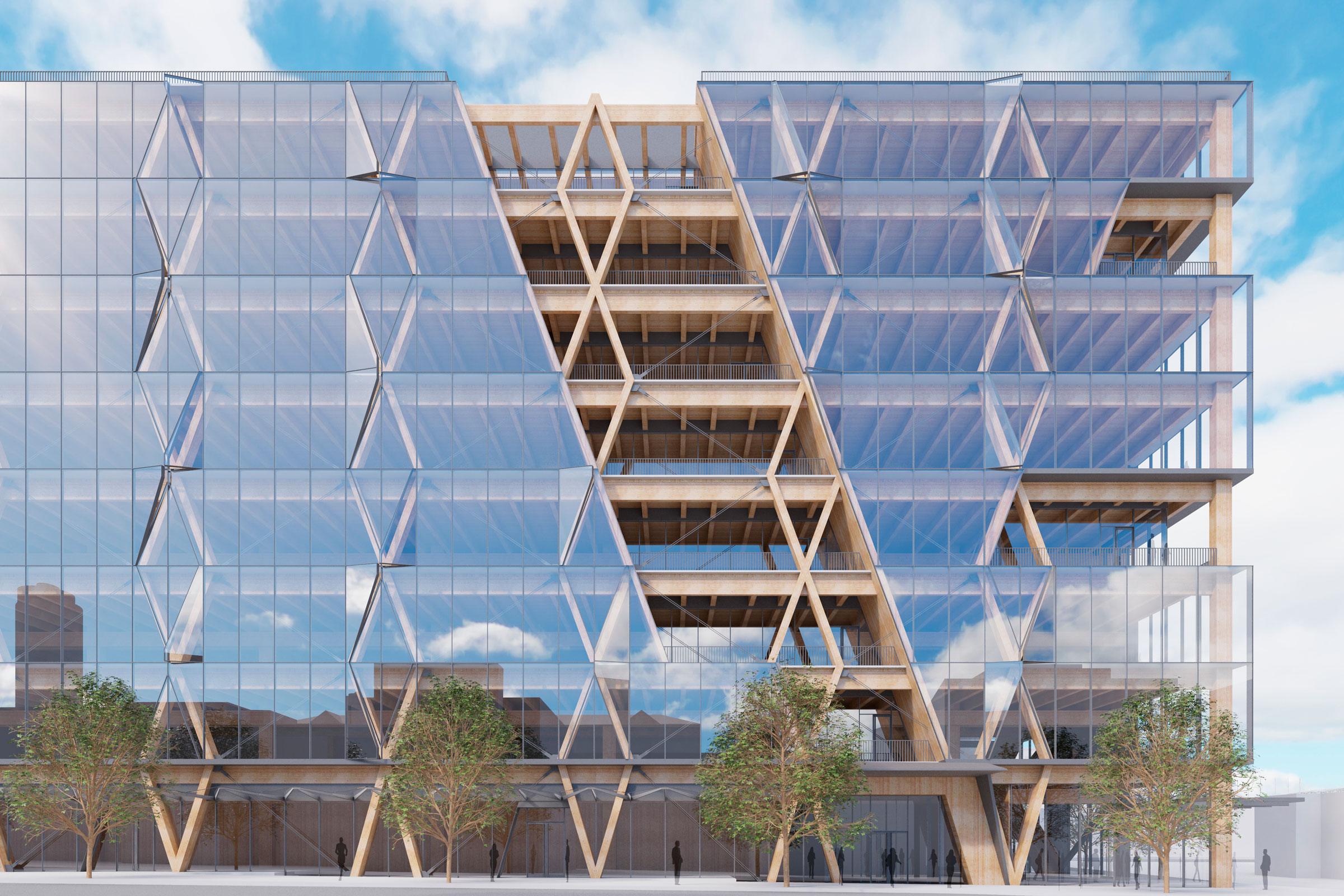Story at a glance:
- The world’s largest architecture and design firm is pushing the concrete industry to reduce carbon emissions.
- Concrete, furniture, and carpet are all areas in the built environment that are ripe for innovation.
The world is warming at an alarming rate, and consumers have set their sights on flashy, eye-catching products that offer high-tech solutions to reduce carbon emissions. Electric vehicles and smart thermostats are examples of incredible technologies that will drive us toward more sustainable lifestyles. These high-tech solutions generate their own demand; the shiny and new always does. However, if we are to achieve critical climate goals, we must find ways to take what’s old and gray and make it shiny and new. In fact, we must demand it.
Concrete is the second-most consumed material in the world, second only to water. It’s in our homes, offices, hospitals, and schools—and chances are it’s beneath you right now. The production of cement, a key ingredient of concrete, accounts for at least 8% of global carbon dioxide emissions. If you think this is a small number, think again. If the cement industry was a country, it would the third largest emitter of carbon dioxide emissions, outdone only by China and the US.
As co-CEO of the world’s largest architecture and design firm, I’m one of concrete’s largest customers. I believe private industry must lead the pursuit of a more sustainable built environment, and we’re using our status to push the concrete industry to reduce carbon emissions through innovation. And it’s not just us; consumers are demanding it as well.

Shanghai Tower. Image courtesy of Blackstation
Innovation is essential to carbon reduction, but innovation isn’t limited to microchips and automation. We are surrounded by opportunities to apply innovation in unexpected areas, including concrete. Furniture and carpet are two other areas in the built environment that are ripe for innovation.
The carbon impact of furniture increases substantially as replacement furniture is purchased throughout the lifespan of an office building (approximately 60 years). In fact, the total sum of embodied carbon in furniture often surpasses that of the concrete used during the initial build. Like furniture, carpet is replaced several times. Traditional carpet manufacturing consumes large amounts of water and generates significant waste. The cumulative impact of replacing carpet is nearly equal to the building’s concrete.
The problem is compounded by tenant leases, which often last less than 10 years. This means every 10 years a building could experience completely new interiors, including furniture and carpet. This means one building could experience as many as six lifetimes of furniture and finishes.

Viettel Group Headquarters in Hanoi, Vietnam. Photo by Owen Raggett
Material reuse, the cornerstone of the circular economy, is one of the most effective and achievable strategies for reducing embodied carbon. Reuse strategies can be implemented at every phase of the design process, including strategies for reusing existing concrete, furniture, and carpet.
Consumers have the power to demand manufacturers reduce carbon emissions. Together we can apply innovation in unexpected places. Ask your designers, contractors, or building managers about embodied carbon and the circular economy. Don’t know where to start? Ask them about the furniture and carpet.




